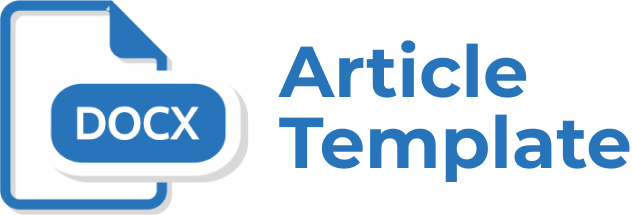IMPROVING STUDENTS’ GRAMMAR ABILITY (SIMPLE PAST TENSE) USING JOHNY GRAMMAR WORD CHALLENGE APPLICATION IN JUNIOR HIGH SCHOOL
Abstract
This paper aims to analyze the effectiveness of Johnny Grammar Word Challenge in improving students’ grammar ability especially simple past tense in Junior High School level. It needs an appropriate technique outside the class activity called MALL (Mobile Assisted Language Learning). Classroom action research is used to design the research. The result shows that the use of Johnny Grammar Word Challenge could improve the student’s grammar ability. From affective aspect, the students can use their mobile phone effectively. Psychomotor aspect, they enjoy giving positive response toward the implementation of the application. Then, from cognitive aspect, they have been able to determine the appropriate verb which is used in a past tense sentence. Johnny Grammar Word Challenge is suitable to be implemented to improve student’s grammar ability especially simple past tense. Thus, the researchers suggest teachers to use it as a variation in teaching English.
Key Words: Grammar Ability, Johnny Grammar Word Challenge, MALL
Full Text:
PDFReferences
Alexander, B. 2004. Going Nomadic: Mobile Learning in Higher Education. Educause
Review, 39 (5), 28-35.
Ally, M. 2005. Using Learning Theories to Design Instruction for Mobile Learning Devices.
Mobile Learning Anytime Everywhere (pp. 5-8), London, UK: Learning and Skills
Development Agency.
Attewell, J. & Savill-Smith, C. 2005. Mobile Learning Anytime Everywhere, London: Learning and Skills Development Agency.
Banks, K. 2008. Mobile Learning in Developing Countries: Present Realities and Future Possibilities. In S. Hirtz, & D. M.Harper (Eds.), Education for a Digital World: Advice, Guidelines, and Effective Practice from Around the Globe (pp. 51-56), Vancouver, Canada: Commonwealth of Learning.
Bhatia, R. 2011. “Enhancing Teaching: Learning with Technology”, University News, Vol.49, No.31, August 1-7, p. 13-15.
Dulay, Heidi, Burt, Marina & Krashen, Stephen. 1982. Language Two. New York: Oxford
University Press.
Faure, E., Herrera, F., Kaddoura, A.-R., Lopes, H., Petrovsky, A. V. Rahnema, M. & Champion Ward, F. 1972. Learning to be. The world of education today and tomorrow. Paris: UNESCO.
Ilyas, M. & Ahson, S. 2006. Smartphones. Research report. Chicago: IEC Publications. Laouris, Y. 2005. We need an educationally relevant definition of mobile learning. Retrieved
from http://www.mlearn.org.za/CD/papers/Laouris
Kunandar. 2008. Langkah Mudah Penelitian Tindakan Kelas sebagai Pengembangan
Profesi Guru. Jakarta: PT RajaGrafindo Persada.
O’Malley, C., Vavoula, G., Glew, J. P., Taylor, J., Sharples, M. & Lefrere, P. 2003.
MOBIlearn WP4-Guidelines for learning/teaching/tutoring in a mobile environment.
Romero, D., Molina, A. & Chirino, V. 2010. Aprendizaje móvil: tendencias, cuestiones y retos. IEEE-Rita. Vol. 5, 4, 123-124.
Trinder, J. 2005. Mobile Technologies and Systems. In A. &. Kuklska-Hulme (Ed.), Mobile learning: A handbook for educators and trainers, USA: Taylor & Francis.
Uden, L. 2007. Activity Theory for Designing Mobile Learning. Journal of Mobile Learning and Organisation, 1 (1), 81-102.
Yedla, Suneetha. 2013. MALL (Mobile Assisted Language Learning): A Paradise for English Language Learners. IJ-ELTS: International Journal of English Language & Translation Studies
https://itunes.apple.com/us/app/learn-english-johnny-grammars/id432488501?mt=8
Refbacks
- There are currently no refbacks.


